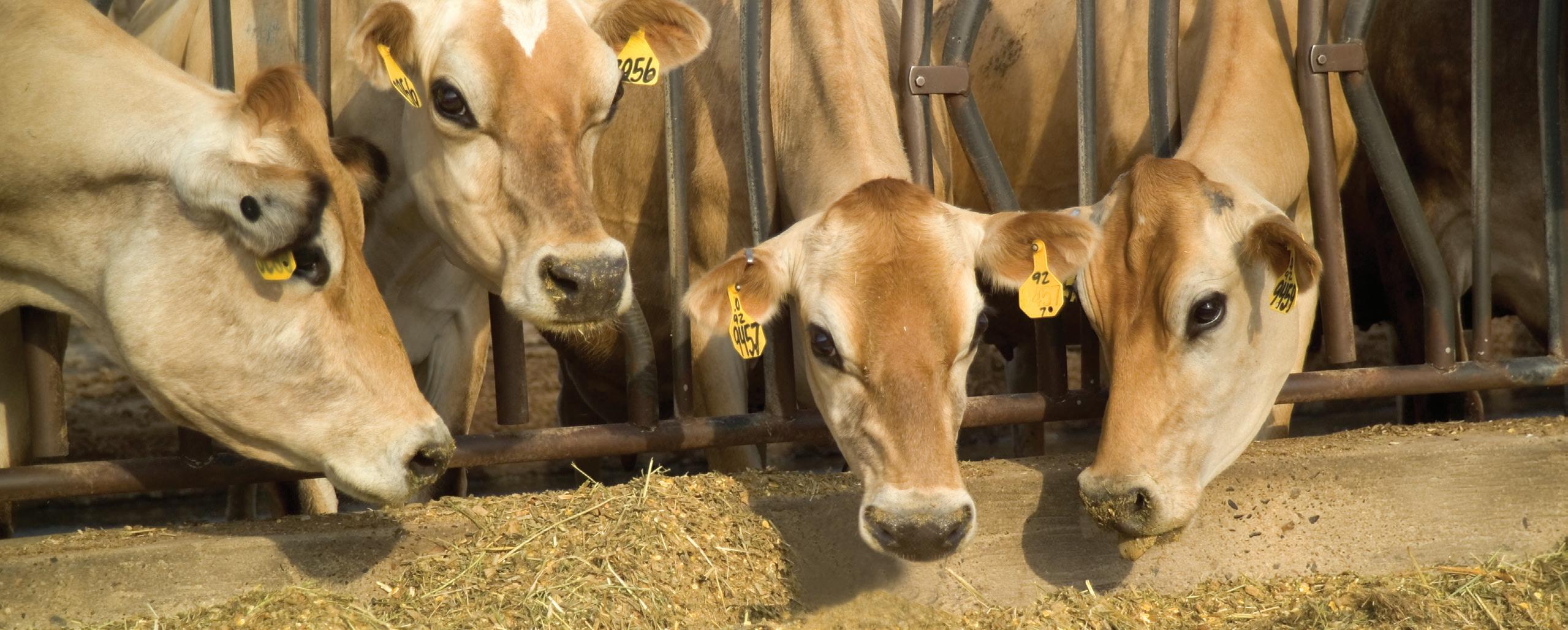







Thank you for taking the time to read this edition of the RISE Newsletter for Nutritionists. Time is often a limited resource in today’s world and we all must allot or partition our time to those activities providing the greatest return-on-time-invested. The articles in this newsletter have a common theme of protecting our animals from pathogens, mycotoxins or inflammation that divert nutrient resources from productive purposes to simply defending the animal against harmful challenges.
The corn silage and TMR mycotoxin survey is often cited as a highlight of the RISE Newsletter. This edition’s survey once again reports that DON contamination remains at elevated levels across the Midwest and Eastern US, while zearalenone, T-2 and the fumonisins are at low- to medium-risk levels in the northeastern third of the country. Agrarian encourages you to utilize our complimentary mycotoxin assay program to regularly sample your clients’ corn silage and TMR to determine whether supplementing Select DTX™ is needed to defend and protect against mycotoxin challenges.
The DTX research study confirms over 25-years of field experience that cows supplemented DTX have improved milk production and greater reproductive success. Our concept is that feeding DTX to lactating cows provides protection against mycotoxins to enable partitioning critical nutrient resources to more productive purposes than simply staying alive.
The Agrarian technical team will be attending the annual American Dairy Science Association meeting in June, and we encourage you to stop and see our two posters presenting the DTX research.
Thank you for your utilization of the Agrarian Programs and please contact us if we can be of assistance with your clients’ herds in defending and protecting against mycotoxins to enable profitable re-partitioning of nutrients.
Larry Roth, Ph.D., PAS Vice-President of Nutrition










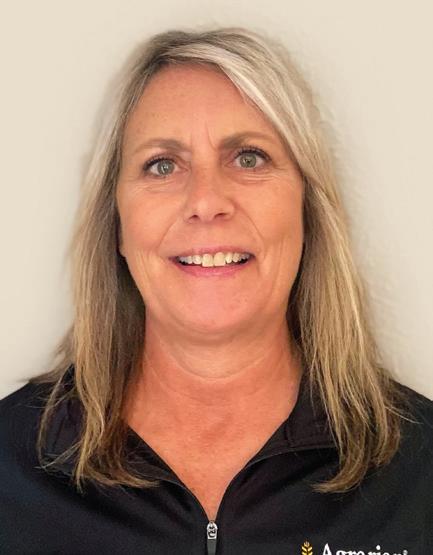


Caroline Knoblock, MSc
Director of Nutrition
Caroline Knoblock was recently appointed to the role of Director of Nutrition for Agrarian Solutions. With her wealth of expertise in dairy nutrition, Caroline will play a crucial role in advancing the application of Agrarian Solutions’ cuttingedge direct-fed microbial products, including the flagship, research-proven Select DTX™.
In her role, Caroline will provide technical support and collaborate with nutrition consultants and feed mills to optimize the utilization of Agrarian Solutions’ family of products by their clients. Previously, she worked as a nutrition consultant, providing a comprehensive range of services to improve on-farm nutrition programs, including the evaluation of farm performance, feedstuff assessments, and the design and implementation of transition cow assessments and audits. Her experience also includes overseeing a 13-state territory for a major feed ingredient supplier, where she collaborated with nutrition consultants, feed mills, and distributors to drive business success.
Caroline graduated from Michigan State University, where she earned her Bachelor of Science in Animal Science. She furthered her academic studies at the University of Alberta, obtaining a Master of Science in Dairy Science with a focus on transition dairy cow management and nutrition for her thesis.
Caroline will concentrate her efforts across the Northeast and Midwest.

Chad Christensen
Business Development Manager-Western Region
Chad Christensen, formerly the Regional Sales Manager for the Midwest Plains Region, is stepping into the role of Business Development ManagerWestern Region. Chad will lead the charge in providing innovative products and specialized services to nutritionists and feed manufacturers. His focus areas include mycotoxin testing, drone services, and cutting-edge technology to enhance animal performance. Excellence at every step.
 Larry Roth, Ph.D., PAS, Vice President of Nutrition
Larry Roth, Ph.D., PAS, Vice President of Nutrition

Enhancing reproductive success may be one of the most crucial factors for improving dairy profitability. A recent third-party study (scan QR code) with over 920 cows, proved supplementing DTX™ Concentrate to early-lactation Holstein cows challenged by mycotoxins improved the first-service pregnancy/service by 28.6% for artificial insemination (A.I.) and 15.6% for embryo transfer (ET) services at the first pregnancy check (28-34 d post-service). Why did DTX Concentrate supplementation improve reproductive success?


The mycotoxin TMR contamination levels (approximately 1.56 ppm DON and 147 ppb ZEA) experienced by cows in this study were not excessive. Even moderate levels of mycotoxins disrupt the intestinal lining, causing reduced nutrient absorption and increased nutrient demand from the subsequent immune response. Improving nutrient absorption and efficiency enables the cow to use nutrients for productive purposes that can result in reproductive success.
Researchers have repeatedly demonstrated that achieving less severe negative energy balance post-fresh significantly enhances reproductive success. Further, glucose is a key carbon source for rapidly developing cells, such as follicles, and a glucose shortage due to nutrient re-partitioning and deprivation due to mycotoxin exposure would also negatively impact first service conception rate. In addition, glucose and other nutrients are necessary for milk production.
The enhanced pregnancy success per service observed in cows supplemented with DTX in the recent study could be attributed to heightened mycotoxin defense, which facilitated better nutrient absorption, efficient nutrient allocation, and increased availability of glucose for the rapid development of follicles. Consequently, this led to a higher number of cows conceiving and maintaining pregnancy.
The cow prioritizes nutrient allocation to maintenance, growth (depending upon age), milk production, and lastly reproduction. Nutrient shortages and re-partitioning due to mycotoxin exposure, even at medium risk levels, could have profound negative reproductive effects due to the cow’s hierarchy of nutrient utilization. Defend and protect your cows with DTX.



Controlled, third-party research confirms 25 years of experience.
Feeding DTX to mycotoxin-challenged, lactating cows:
DAILY MILK PRODUCTION INCREASED 2.5 lb/cow for the first 150 DIM 28.6% IMPROVEMENT
Artificial insemination pregnancy rates from Control 36.7% to DTX 47.2%
 Scott Zehr, Business Development Manager
Scott Zehr, Business Development Manager
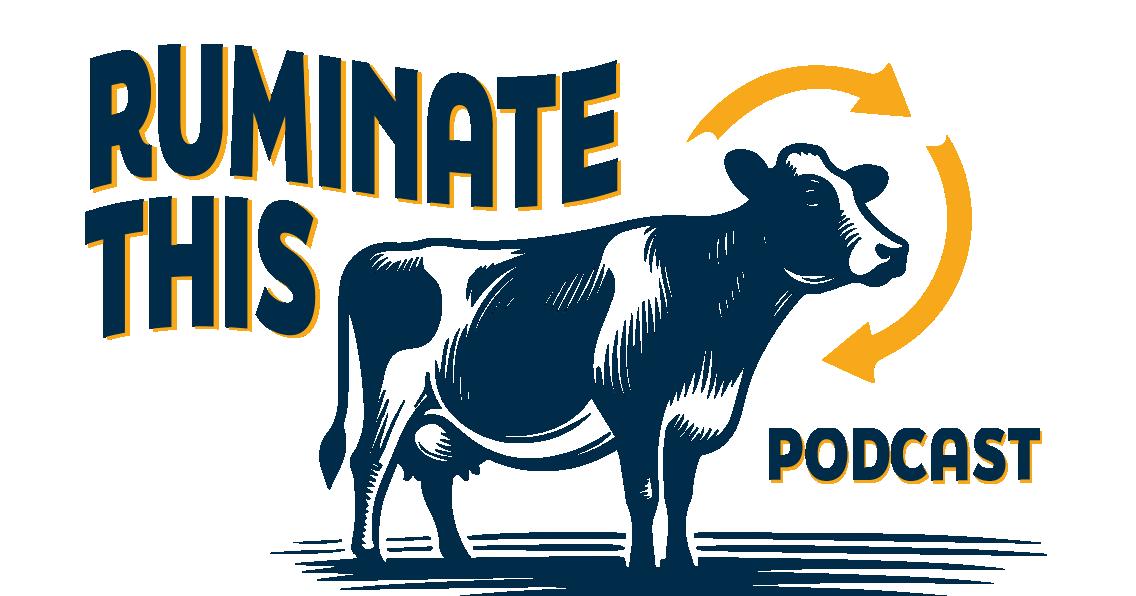
Following our core principle of “helping others succeed” we are excited to announce the launch of the Ruminate This (Scan QR Code) podcast, along with changes to ALL IN.
Ruminate This is the best resource for all things mycotoxins that you can share with the world! Share it with your clients, nutritionists, veterinarians...anyone interested in cattle nutrition. Each episode we will discuss what mycotoxins are, how they affect livestock, and the impact they have on producers. When you listen, you will hear the latest research and learn from the best experts in the industry about how mycotoxins impact the health and performance of livestock.
A new episode will be available the first, third and fifth Monday of each month beginning April 1. Look for Ruminate This on your favorite podcast and hit subscribe!




Where will Agrarian be during the next few months?

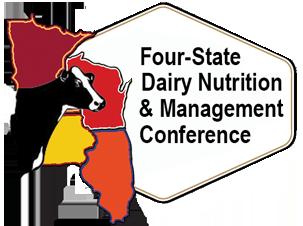
ADSA® 2024 Annual Meeting JUNE


June 5-6th
Dubuque, IA
Larry Roth & Chad Christensen will be attendance
June 16-19th
ADSA®
West Palm Beach, FL
Larry Roth and Caroline Knoblock will be attendance
October 1-4th
Madison, WI
Larry Roth, Dan Hoying, Chad Christensen, and Caroline Knoblock will be attendance


Mycotoxin assays of TMR and corn silage samples indicate regional variations in mycotoxin contamination levels across the US. The summary of the 452 TMR samples and 232 corn silage samples collected between October 1, 2023, and February 29, 2024 are displayed in Tables 1 and 2 and Figures 1 and 2 for TMR and corn silage, respectively.
Consistent with the past several years, the TMR assays suggest DON contamination is the greatest concern in the northeastern third of the country with nine states averaging high risk results and another three states almost making that list. Although state-wide WI TMR samples averaged 980 ppb DON, a wide range existed between extreme contamination in eastern WI near Lake Michigan and clean TMR samples in western WI next to the Mississippi River.

Zearalenone (ZEA) contamination averaged medium risk in only six states; however, each of those states were also high risk for DON, which compounds the negative effects of each individual mycotoxin. Interestingly, fumonisin contamination has been trending up over the last several years and TMR assays from IL, OH and MI averaged in the medium risk level during the sampling period.
Corn silage assay results continue to implicate this important feed ingredient as the major mycotoxin source. As previously mentioned for TMR samples, WI showed a tremendous east-to-west variation in DON contamination of corn silage, and in fact was the second-highest state for corn silage DON levels. Although the GA corn silage sampling was limited in scope, with only 9 submittals, the assays results averaged in the high-risk level for DON, ZEA, fumonisin and in the medium risk category for T-2. University research evaluating fungicides, application timing and hybrid susceptibility to mycotoxin contamination of corn silage should be closely followed.
Agrarian Solutions encourages nutritionists and livestock producers to submit TMR and feed ingredients for mycotoxin evaluation to determine correct protection strategies. Please contact your regional Agrarian representative for assistance with sample submittal and result evaluation.
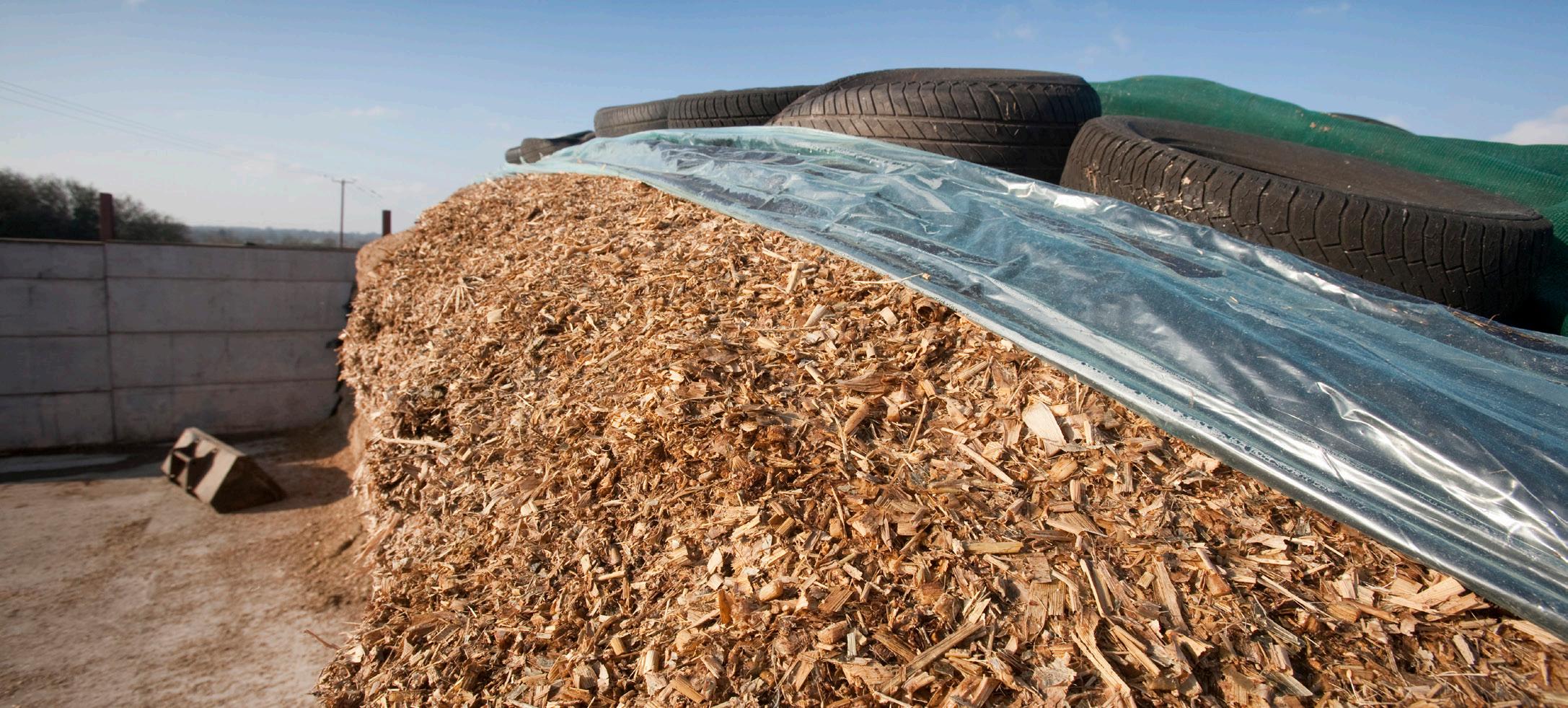
nd = none detected = low risk = medium risk = high risk
ppb = parts per billion
ppb (parts per billion)
<300 300-1000 1001+ nd
ppb
ppb (parts per billion)
<75 75-150 151+ nd
ppb (parts per billion) <600 600-1500 1501+ nd
nd = none detected = low risk = medium risk = high risk
ppb = parts per billion
ppb (parts per billion)
<300 300-1000 1001+ nd
ppb (parts per billion)
<75 75-150 151+ nd
ppb (parts per billion) <100 100-300 301+ nd
ppb (parts per billion)
<600 600-1500 1501+ nd
 Caroline Knoblock, MSc, Director of Nutrition
Caroline Knoblock, MSc, Director of Nutrition
All mammals have mycotoxin defense systems in their intestinal lining, including humans and cattle. Mycotoxins can enter the cells in the intestinal lining through non-specific transporters that are meant for nutrients. When enough mycotoxin is present in the cell and starts to cause issues the cell ‘realizes’ what is going on and builds transporters to shunt the mycotoxins back into the intestinal lumen.
Thirty years ago cows were able to handle most mycotoxins they were exposed to in this manner. But the environment cows are in today has drastically changed. She eats twice as much as she used to, makes a lot more milk, and eats 10 different feedstuffs, when before she ate just a handful. She is now exposed to a higher mycotoxin load and several different toxins at once. Because digesta passage rate out of the rumen is faster than it used to be they are not able to deactivate the toxins in their rumen as well as they could in the past. When the toxins get to the intestines the mycotoxin load in her cells increases faster than she can build transporters for and the cell dies before it can protect itself. We have simply started to overload her defense systems.
DTX™ is a unique Lactobacillus that is artificially induced to not have a cell wall. The cell is now very very small – 2 micron – and is able to easily and safely enter cells. Our theory is that our bacteria enter the intestinal cells and help the cells build up their mycotoxin defenses quickly. The cell is safely prepared to send mycotoxins back into the intestinal lumen soon after they enter – instead of waiting and risking cell death. We are working with systems the animal already has instead of working against her. We think that makes DTX really cool.

“Our core value of Excellence is about doing the right thing without compromise. It means serving employees and customers at the highest level possible and exceeding expectations in everything we do. Success is contagious, and we want to be the company people want to work for and with. Excellence is knowing you made a difference.”
 Rob Hamaker Vice President, Sales & Marketing
Rob Hamaker Vice President, Sales & Marketing
R ELATIONAL we care about others
I NTEGRITY a representation of your true character
S TRATEGIC growth with fiscal responsibility
E XCELLENCE in all things
• Each interaction/presentation/project/response/solution is done with excellence.
• We quickly, easily, and positively respond:
• and adapt to changing markets and product opportunities.
• to customer’s needs and issues offering solutions that will ultimately satisfy the customer.
• We are perceived as a leader in the industry in the field of mycotoxins and how they affect livestock.
• We are here to provide solutions to livestock growers and make their lives easier.
585 Shawnee Street
Nappanee, IN 46550
Contact Us
(574) 825-1224
office@agrsol.com
agrariansolutions.com
Follow Us On Social Media
AgrarianSolutions
AgrarianSolutions
agrarian-solutions
